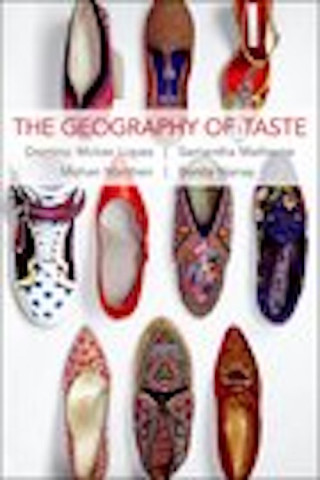Culture and Natural Things (06-03-24)
Cheng and Mukhopadhyay link culture and responses to natural things. They found “Using publicly available country-level data from 41 countries and individual-level experimental and survey data from the lab and online panels . . . that consumers do indeed differ in their preferences for relatively natural versus artificial healthcare options. These differences are influenced by the extent to which they subscribe to the Protestant Work Ethic (PWE)—a belief system that influences judgments and behaviors across diverse domains—such that people who subscribe strongly (vs.

